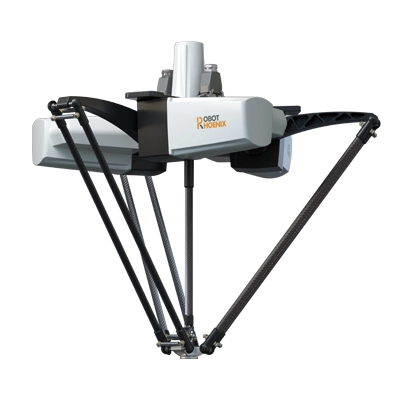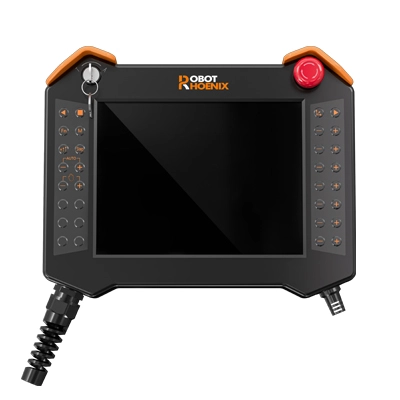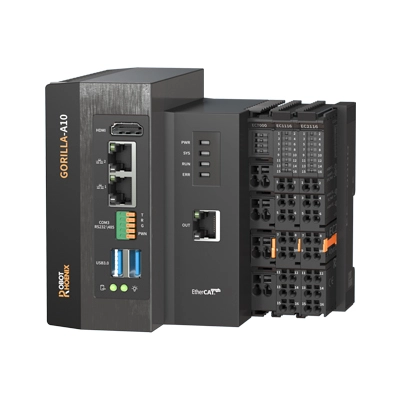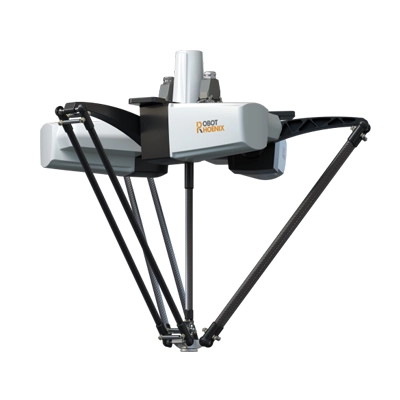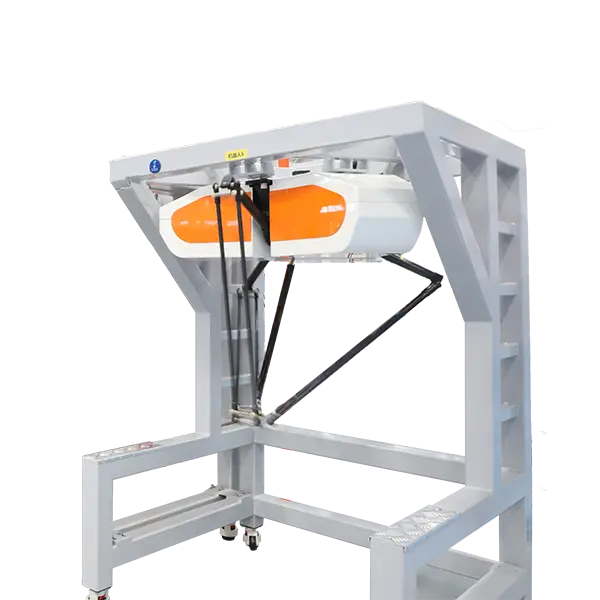According to the mechanical structure, industrial robots can be divided into six categories: joint robots, rectangular coordinate robots, multi-joint robots, parallel robots, spherical robots and cylindrical coordinate robots.
1. Joint robot
The first is the joint robot, whose mechanical structure is similar to the human arm, which is connected to the base through the rotating joint. Each joint provides one degree of freedom, of which the joint robot with six degrees of freedom is a common industrial robot, and the seven degrees of freedom is often used as the arm of the humanoid robot, which can bring higher flexibility.
2. Gantry robot
The second is the gantry robot, that is, the Cartesian coordinate system robot, which provides linear motion by sliding on three vertical axes (X, Y and Z), and controls the motion of rotation by attaching wrist on the Z axis. Cartesian robot is widely used in industry, because of its unique structure, it can bear heavy objects.
3. SCARA robot
There is also SCARA robot, which has a circular working range and is composed of two parallel joints, which can provide adaptability on the selected plane. This kind of robot is specialized in transverse motion and is mainly used in robotic assembly line. Compared with cylindrical coordinate type and Cartesian robot, SCARA robot can move faster and integrate more easily.
4. Parallel robot
Parallel robot of Robotphoenix is a kind of closed loop mechanism robot, which is connected by at least two independent kinematic chains between the moving platform and the fixed platform. The mechanism has two or more degrees of freedom and is driven in parallel. Because each joint on the end actuator is directly controlled, the positioning of the end actuator can be easily controlled by its arm, thus achieving high-speed operation. Parallel robots are usually used for fast picking and placing or product transfer applications. Their main functions include grasping, packaging, stacking, and machine tool loading and unloading.
5. Spherical robot
The spherical robot has a torsion joint connecting the arm and the base, and a combination of two rotary joints and a linear joint connecting the connecting rod. Because it has a central pivot shaft and a telescopic rotating arm, its working space is spherical and the axis forms a polar coordinate system. The configuration of this robot ensures that it can sweep to a large amount of space, but the arm is still limited in its working space.
6. Cylindrical coordinate robot
Finally, there is a cylindrical coordinate robot, which is composed of at least one rotating joint and at least one prismatic joint connecting the connecting rod at the base, thus forming a cylindrical workspace. The telescopic arm with a pivot and a vertical and sliding arm provides vertical and horizontal linear motion and rotary motion around the vertical axis. The compact design of the end of the arm enables the industrial robot to reach a compact working range without losing speed and repeatability. This robot is mainly used for simple applications of picking, rotating and placing materials.
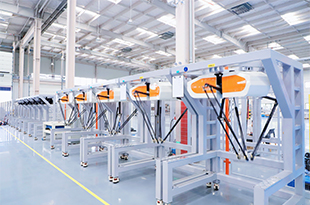 Learn More
Learn More 
 EN
EN  ja
ja  ko
ko  fr
fr  de
de  es
es  ru
ru  pt
pt  ar
ar  vi
vi  ur
ur 